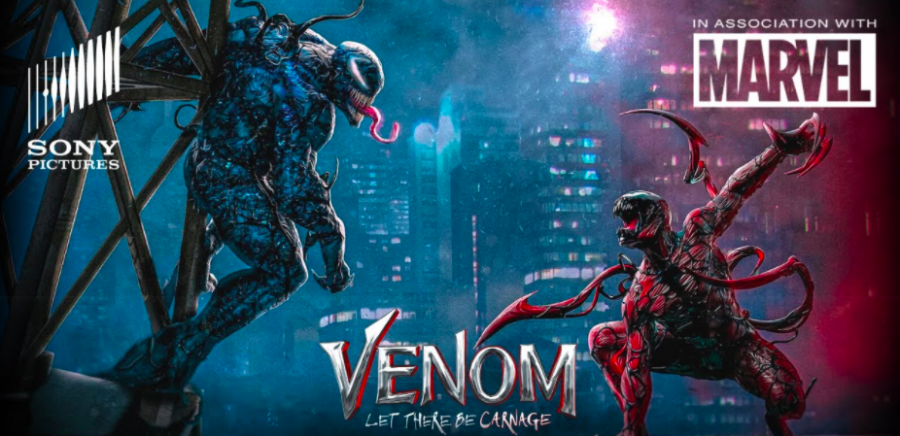Venom: Let there be Carnage
A psychopath, a killer, a ruined life, a split life: sounds like a horror movie, doesn’t it? Nope, that’s not the case at all — that is the description of action film Venom: Let There Be Carnage. What I failed to mention is the humor, the sci-fi, the action, the awkward situations that make you fill up with embarrassment even though you’re only watching, and, of course, the awesome plot twist!
The plot of the film seemed very dark at the beginning. It started out in a mental asylum where a couple is forcibly separated from one another and the woman is taken to an undisclosed location and the audience is left to wonder what happens. Typical of his style, director and actor Andy Serkis added a light-hearted mood that evened the playing field. If you are familiar with Serkis, then dark, weird, and humorous are staples of his work.
I enjoyed the film very much because it played on some iconic movie tropes. Such as when the protagonist expresses a deep issue, just to find that the crowd suddenly agrees with them. Another trope seen in the film is when the cryptic villain’s allusions are unveiled at the very end.
It was a science fiction movie, but it truly showed the development of the characters and what happens after the hero, or in this case the anti-hero, goes home. Venom is not to be categorized as a true hero, as he does have a constant hunger to eat people — another running joke of the film. In my opinion, the first movie was better, but I am a sucker for the originals. Let There Be Carnage was excellent, especially since there are so many examples of sequels gone wrong.
Venom is a known supervillain of Spider-Man. He is part of the Sinister Six, the main foes of Spider-Man.These foes include Kraven the Hunter, Doctor Octopus, Mysterio, Sandman, and Electro. In the upcoming film Spider-Man: No Way Home, almost all of these villains are expected to make an appearance, including Green Goblin, who is one of the most iconic Spider-Man villains.
When the trailer for the new Spider-Man movie came out, there was speculation on whether or not Venom would make an appearance and join the Marvel Cinematic Universe (MCU). There were mixed opinions because the movie rights to Venom are owned by Sony Pictures. Due to Sony’s ownership, it was expected that the Venom films would stay in a separate Universe with the X-Men and Deadpool. However, this changed in the post credit scene of the film.
As every Marvel fan knows, every movie has a mid and/or post credit scene. Since Venom is in association with Marvel, it has one too. The movie itself was excellent, humorous and action packed, but this post credit scene stole the cake. It revealed the first official Sony-Marvel crossover in MCU history.
But of course, it is not all black and white. Sony originally had the film rights for the character of Spider-Man, but they made a deal with Marvel so he could become a recurring character in the MCU. This, on the other hand, is a crossover. What’s the difference?
The new Spider-Man movies are solely in the MCU, and the character is part of the MCU storyline (even though Sony owns the rights.) Unlike Spider-Man, Venom has already had an origin story film under the Sony name. Sony also owns this film, but in the post-credit scene, it ties in the plot of the new Spider-Man, where reality shifts to open the multiverse (when multiple realities cross over so there are different Spider Man’s and different villains but they are all in the same universe).
The scene includes Venom talking to Eddie Brock, his host, friend, and lover, and he is about to show him some alien knowledge until his reality and setting completely change. On the nearby TV, you can see J. Jonah. Jameson, the news broadcaster who reveals to the world that Peter Parker is Spider-Man (starring Tom Holland as Spider-Man), hence confirming the crossover.
This is the first confirmed crossover in Marvel history, despite the tease in Wandavision that drove many hardcore fans crazy. With this launch, there is going to be a new phase in Marvel and a major turning point in modern cinema.

Liron is a senior who is stoked to be working at the Banner again for her fourth year (second year as communications officer)! Outside of writing for the...



